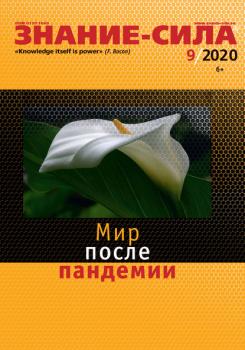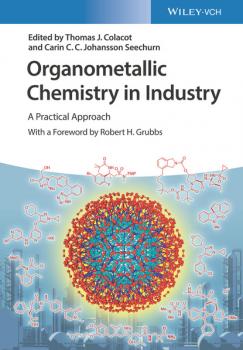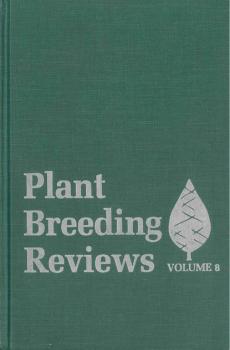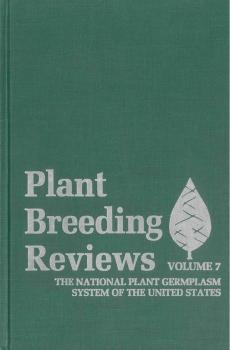Группа авторов
Список книг автора Группа авторовЖурнал «Знание – сила» №09/2020
Журнал «Знание – сила», основанный в 1926 году, – известное научно-популярное издание, публикующее материалы о достижениях в различных отраслях знаний – физике, астрономии, космологии, биологии, истории, экономике, философии, психологии, социологии. Кредо журнала в последние 50 лет – серьезный разговор с читателем о проблемах науки, экономики, общества, о путях развития научной мысли. Журнал способствует развитию кругозора у школьников. Журнал будет, несомненно, полезен студентам, научным и техническим работникам, менеджерам – всем, кто интересуется состоянием современной науки, кто воспринимает науку и научное знание как действенный инструмент преодоления экономических и социальных проблем в эпоху глобализации. В номере: ГЛАВНАЯ ТЕМА Мир после пандемии Пандемия коронавируса резко изменила нашу жизнь, лишив многих обыденных вещей, создав новую реальность: маски – социальная дистанция – виртуальная реальность. Что-то из этого со временем исчезнет, а что-то останется с нами надолго, если не навсегда. Так каким же будет мир после пандемии? Евгений Гонтмахер Мир после пандемии Николай Крючков «Мы стоим на пороге прорыва в области вакцинации» Александр Каменский «Взаимодействие с аудиторией крайне важно для меня» Софья Тарасова Пандемия глазами психолога Виктория Скобеева Как жил коронавирус до того, как стал знаменитостью Новости науки Наши интервью Александр Благов Машина времени из Курчатовского института Как по атомам разобрать структуру любого материала; видеть, как атомы располагаются в пространстве; как они создают свойства этих материалов? Поговорим о науке Игорь Шумейко «Наука! – Ну-ка, служи!» В глубь времен Александр Волков Рождение Германии из духа крови Культурная память Владимир Коршунков Апостол и император Многое в нашей северной цивилизации объяснимо деревянной ее основой: постройки сооружались быстро, но и горели часто; романтические руины – не наш стиль; утварь и документы сохранялись плоховато. Тем контрастнее на таком фоне высвечивается в русской культуре символика камня. Понемногу о многом 75 лет Победы Михаил Лускатов Выход из окружения Из фронтовых дневников военного журналиста. Размышления к информации Борис Жуков Цифровое вымирание Алхимия слова Игорь Фунт Пушкин vs Баратынский. Лед и пламень Размышления у книжной полки Мариэтта Чудакова Почему надо учить наизусть «Евгения Онегина»? Люди науки Наталья Рожкова «Вещие строки читая…» Отечества славные даты Катерина Груздева-Трамич Купринские окна на волю из жизненной тьмы Лирические отступления в произведениях Куприна – с одной стороны, они отвечают традициям русской прозы «золотого» века, с другой – граничат с сюрреализмом, приветствуя век двадцатый. Жизнь и судьба в истории Надежда Селунская Малапарте, сын Прато и «Проклятые тосканцы» Курт-Эрих Зуккерт, прославившийся под именем Курцио Малапарте, сочинитель и общественный деятель, человек, с которым дружили и советские политические деятели, и итальянский диктатор, и папа римский. Мир глазами путешественника Елена Данченко Эссен – город небоскребов и средневековых улочек Прогулки с динозаврами Библиотека фантастики Наталья Рожкова Мир, созданный детьми Страна фантазия Ярослав Хотеев Убирайся! Как мало мы о них знаем Рассказы о животных Василий Климов Пятнистый охотник ночи Юбилеи круглые и не очень Путешествия во времени и пространстве и многое другое
Караван историй №10 / октябрь 2020
«Караван историй» – ежемесячный журнал, в котором публикуются материалы о ярких личностях, любовных историях знаменитостей, захватывающих приключениях и самых неординарных событиях века. Издание иллюстрируется эксклюзивными фотографиями, часто из личных архивов героев. «Караван историй» – это легкое, интересное и познавательное чтение. В номере: Искусство жить Аннетт Бенинг. Слишком нормальная Арман Давлетяров: «Те, кто вчера клялся в вечной дружбе, сегодня меня не узнавали» Настроение Тамара Гвердцители: «Кто вкусил настоящий успех – и слез много выплакал» Факт Климова – Куликова: «Ловим жизнь за хвост!» Имена Эдит Хэд. Доктор по одежде Звездный след Николай Губенко. На скоростях Гороскоп Астрологический прогноз на октябрь и многое другое
Обозрение армии и флота №2/2011
Российский журнал «Обозрение Армии и Флота» издается с 2005 г. и является серьезным информационно-аналитическим изданием тиражом 5 тыс. экз., объемом 80–136 стр., периодичностью 6 номеров в год. Язык публикаций – русский и английский. Издаются также спецвыпуски на иностранных языках, приуроченные к международным салонам и выставкам. Публикации в журнале «Обозрение Армии и Флота» направлены на аналитическое освещение всех аспектов деятельности в сфере разработок, производства и эксплуатации вооружений и военной техники (ВиВТ) в России, странах СНГ и дальнего зарубежья.









